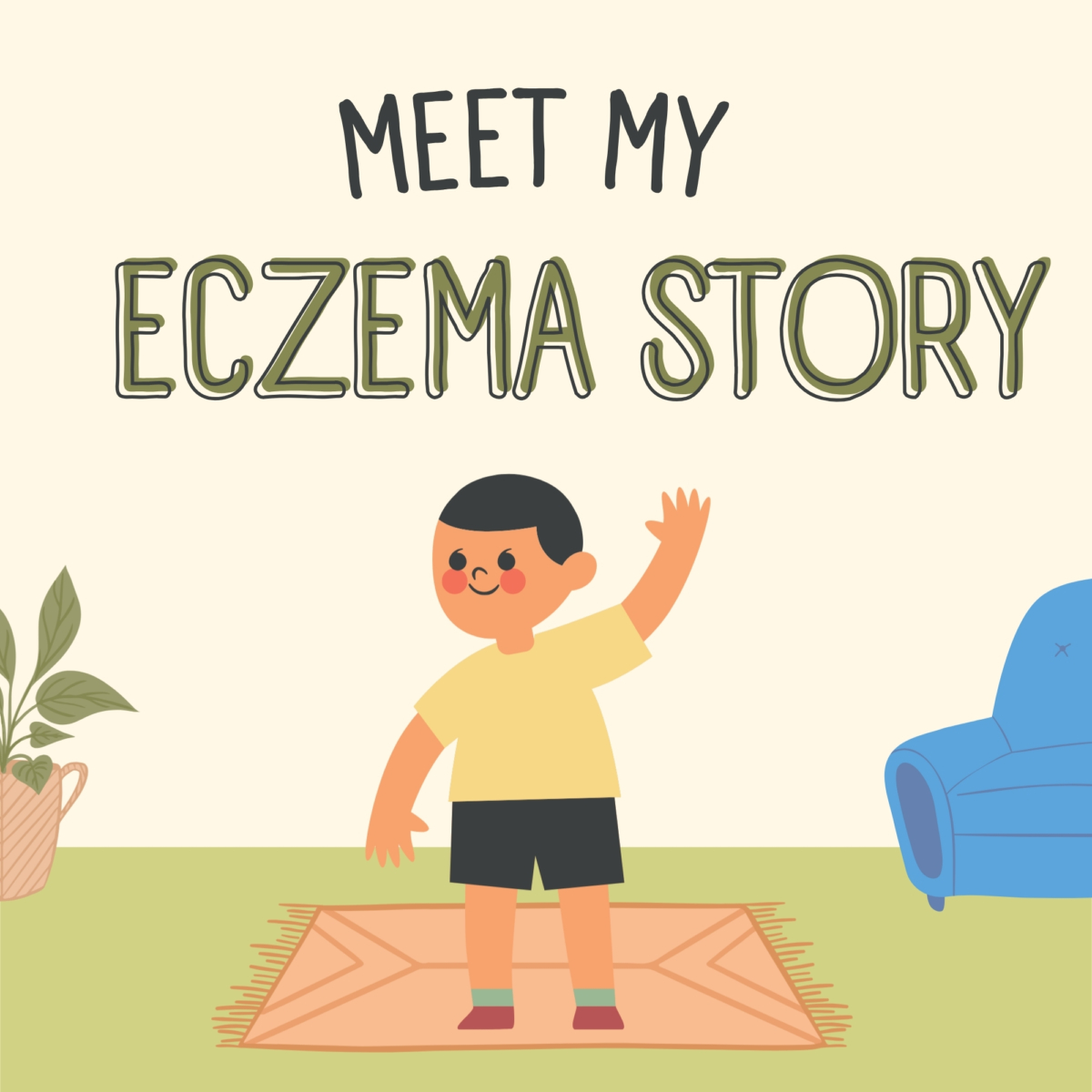
Your child has been diagnosed with eczema, and now you're facing one of the hardest conversations as a parent: how do you explain what's happening to their skin without frightening them?
They’re asking questions. Why is my skin different? Why does it itch so much? Why do I need all these creams when my friends don’t? Will it ever go away?
You want to give them honest answers that help them understand, but you don’t want to use scary medical language or make them feel like something’s wrong with them. You want them to feel empowered, not limited. You want them to know they’re not alone.
If you’re struggling to find the right words, you’re not the only parent feeling this way. Explaining eczema to young children is one of the most challenging parts of managing this condition – which is exactly why we created a free eczema children’s storybook to help you.
Why Explaining Eczema to Children Is So Hard
Young children don’t understand why their skin behaves differently from their friends’. They see other children playing without stopping to scratch. They notice they need extra moisturiser, special pyjamas, and different skin-friendly products. Some worry they’ll have itchy skin forever. Others feel embarrassed or “not normal.”
As parents, we want to be honest without being scary. We hope them could understand without obsessing over it. We want to give them control without making eczema the centre of their world.
And sometimes, despite our best intentions, words just fail us.
That’s where stories can help. Children understand the world through stories – they see themselves in characters, they learn from experiences that aren’t their own, and they process difficult information more easily when it’s wrapped in narrative.

Beyond What You Can See: The Telltale Behaviours
Sometimes it’s not just the patches that tell you it’s eczema. Watch for these patterns:
- The endless itch-scratch cycle – Your child scratches, which damages the skin, which makes them itch more, which leads to more scratching. This relentless loop is one of eczema’s hallmarks.
- Nighttime battles – Eczema itching intensifies at night. If your child tosses and turns, scratches in their sleep, or wakes frequently, eczema could be interrupting their rest (and yours).
- The flare-up pattern – Eczema isn’t constant. You’ll notice calmer periods followed by sudden flare-ups triggered by things like certain fabrics, bath products, temperature changes, or even stress.
- It runs in families – If you, your partner, or close relatives have eczema, asthma, or hay fever, your child is more likely to develop eczema too. These conditions often come as a package.
- Dry skin everywhere – Even areas without visible patches feel rough
What Causes It? (And Why It’s Not Your Fault)
Let’s be clear: eczema isn’t caused by poor hygiene or anything you’ve done wrong. It’s a genetic skin condition where the protective skin barrier doesn’t work as well as it should.
Think of your child’s skin like a brick wall. In eczema, the mortar between the bricks is weaker, allowing moisture to escape and irritants to get in more easily. Their immune system also overreacts to these irritants, causing inflammation and that maddening itch.
Common triggers include: Harsh soaps and bubble baths, certain fabrics like wool, sweat and overheating, dust mites, cold dry weather, and sometimes stress or particular foods.
Yes, completely free. No payment required, no hidden costs. We created “Meet Max’s Eczema Story” to support families in the eczema community, and we believe every parent should have access to resources that help their child feel understood.
Max’s story works beautifully for children aged 2-10. The language is simple enough for toddlers to follow along with pictures, yet meaningful enough for older children to connect with Max’s experiences. Many parents have told us their older children (even up to age 12) found comfort in seeing their struggles reflected in Max’s journey.
Not at all. The story is a completely free resource with no strings attached. We may occasionally share information about our DreamSkin® clothing, but there’s absolutely no obligation to purchase anything. We’re here to support you first.
Max’s story is the perfect length for bedtime reading – around 10-15 minutes depending on how much your child wants to discuss along the way. It’s not too long to hold their attention, but detailed enough to cover the important aspects of understanding and managing eczema.
Absolutely. Many parents have shared Max’s story with teachers, teaching assistants, and school nurses to help them better understand what their child is experiencing. We encourage you to share it with anyone who supports your child.
You’ll receive a beautifully illustrated PDF that you can read on any device – tablet, phone, computer, or you can print it out to create a physical book. Many families print and bind it so their child can keep it on their bookshelf alongside their other favourite stories.
Yes. Some parents read Max’s story to siblings or classmates to help them understand what their brother, sister, or friend is going through. It builds empathy and helps other children understand why their friend might need to do things differently sometimes.











